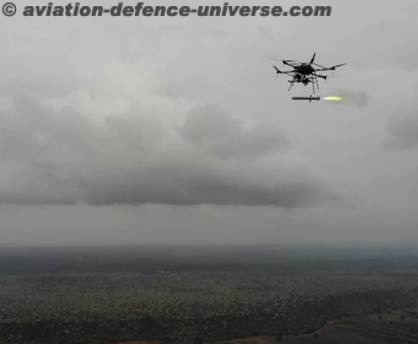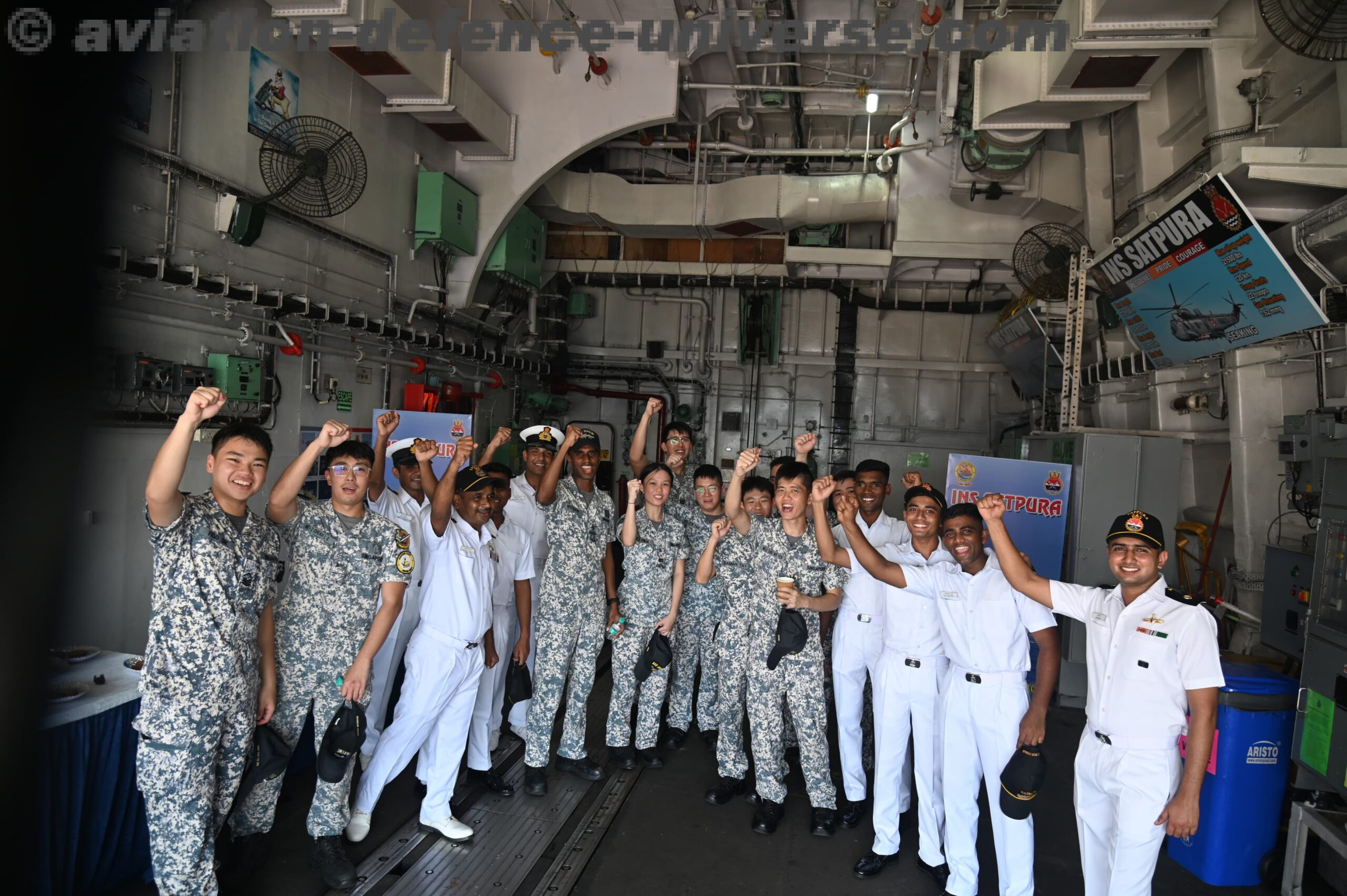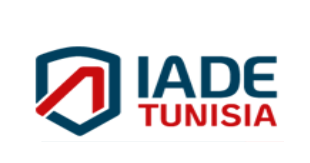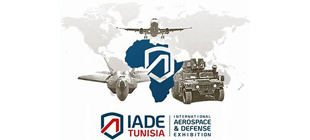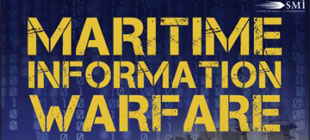- From Prediction to Precision: How AI Powers Defence Supply Chain Evolution
-
Smart Warfare: The Role of AI in Defence Procurement and Supply Chain Strategy
By Manian Rajaram
Bangalore. 28 July 2025. The defense sector works with intense secrecy and stringent confidentiality, long lead times and complex regulatory framework. Amid this, artificial intelligence (AI) is emerging as a transformative force. From predictive analytics to supplier risk assessment, AI is reshaping the procurement and supply chain landscape. But adoption remains cautious due to concerns around data security, system bias, and operational control. It will be of interest to explore some of the use cases of AI in the industry.
Rethinking Procurement
A recent PWC report highlights how traditional procurement and supply chain networks are struggling to adapt to rapidly shifting global demands, intensified by border conflicts and trade restrictions. In the defence sector, procurement has historically been encumbered by lengthy bidding, compliance, and contract approval cycles. While these ensure accountability and security, they often result in delays that can span months or even years.
AI offers a powerful solution by using advanced algorithms to forecast demand, predict shortages, evaluate supplier viability, and recommend alternatives when the primary source is compromised. With trade restrictions, geopolitical uncertainty, and audit-heavy contract obligations making procurement more challenging, AI can scan global supplier databases, analyze geopolitical and economic indicators, and identify viable sourcing options. It can assess audit histories, compliance records, and financial stability of vendors, helping defense firms preempt risks. According to the Defense Logistics Agency, AI systems can even flag alternate suppliers before a disruption occurs.
Building flexibility by predicting supply chains
Disruptions in the supply chain can be catastrophic. For instance, the container shortage between 2022 – 2024 caused severe frustrations and delays in delivery of products. It also had a massive impact on the bottom line due to fluctuating costs related to shipping.
Advanced disruption forecasting using AI can help in identifying potential points which can become a chokehold and disrupt the supply chain. By analyzing historical and real-time data, AI systems can identify vulnerabilities in supply continuity. They also assist in evaluating secondary vendors, for readiness, quality certifications, and production timelines—ensuring backup options are reliable and production stays on track. AI is also disrupting the logistics segment by offering more options, including alternate service providers, fractional shipping, enabling higher levels of readiness, economic benefits, optimization of time, routers and swifter transportation.
Maintenance and management of Critical Assets
AI’s role in defence extends well beyond procurement. One of its most powerful applications lies in predictive maintenance, where AI algorithms analyze equipment performance to detect early signs of wear, stress, or malfunction—often before human technicians can notice. According to the industry benchmarks, this capability is particularly valuable in managing high-precision components where even minor failures could compromise mission-critical systems.
By monitoring subtle performance deviations and environmental factors, AI can trigger maintenance alerts proactively, preventing minor faults from escalating into costly breakdowns. It also enables defence companies to forecast the lifespan of individual components with greater accuracy, helping teams schedule replacements, manage inventory more efficiently, and extend the operational life of defence platforms.
Collectively, these AI-enabled insights reduce unplanned downtime, enhance mission readiness, and ensure that critical systems remain operational when they’re needed most.
The Downside
Despite its promise, AI adoption in defense is fraught with limitations and hence needs a cautious approach. First, data integrity and ownership are pressing issues. Who owns the data fed into AI systems? How secure is it? Can it be repurposed elsewhere, unintentionally or maliciously? How available is it? What kind of restrictions limit availability?
Defense companies traditionally have limited flexibility in terms of what they can and cannot give as input, and thus, this remains an issue as AI here can provide great insights, albeit limited in scope, due to the high-risk nature of the business.
Secondly, the quality of input-data is critical. AI can process massive datasets, but it cannot inherently verify their accuracy or relevance. Defence companies operate in environments where data availability is limited, and confidentiality is paramount, making it difficult to develop robust, reliable models.
Lastly, algorithmic bias is a real concern. AI models are only as good as the data they’re trained on. Over time, they may begin to rely on fixed patterns, becoming less adaptive and more prone to errors if the training data is flawed or incomplete.
Conclusion
Artificial intelligence holds immense potential to enhance the agility, efficiency, and resilience of defense procurement and supply chain systems. Yet, its success hinges on addressing the fundamental challenges of data quality, ownership, cybersecurity, and algorithmic integrity. Until these are resolved through robust frameworks and cautious deployment, widespread AI adoption in defense will remain a gradual evolution rather than a revolution.
Manian Rajaram is Vice President, Supply Chain Management, Rossell Techsys Limited













